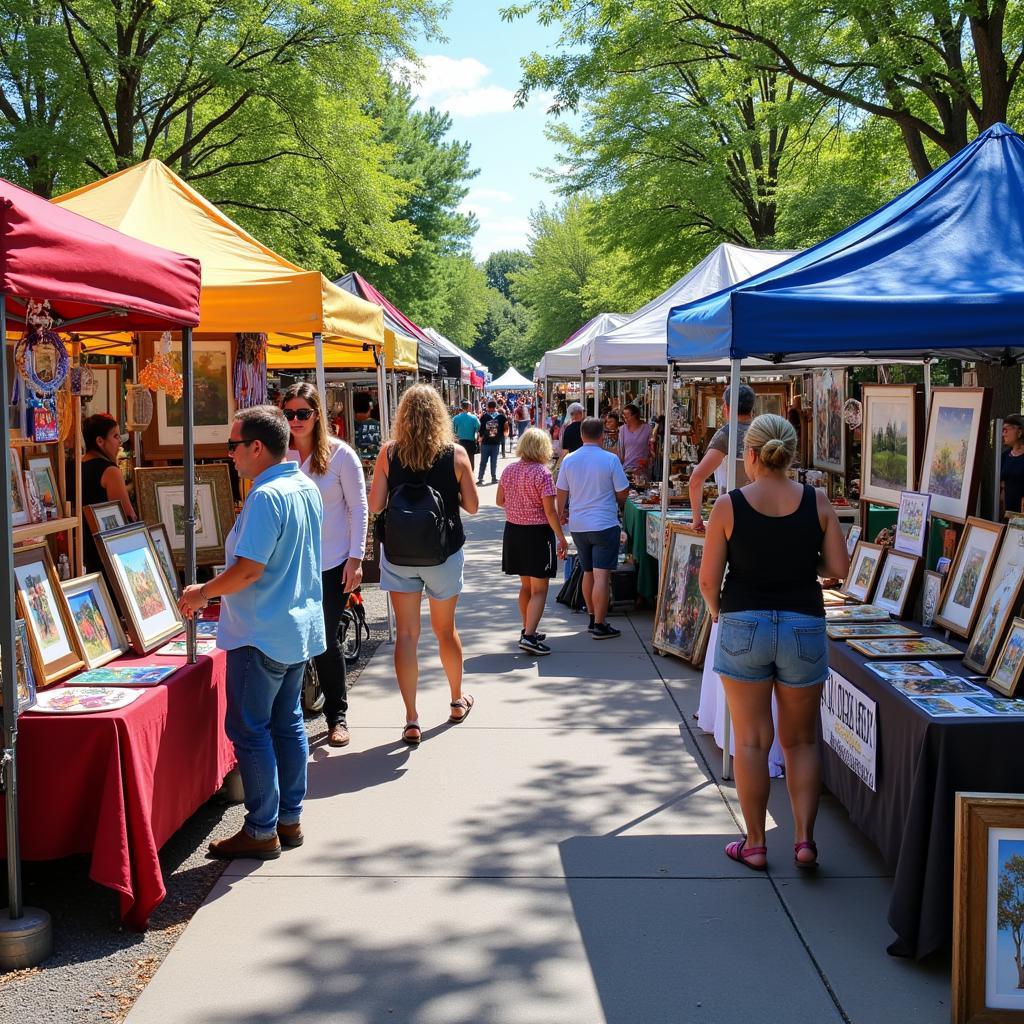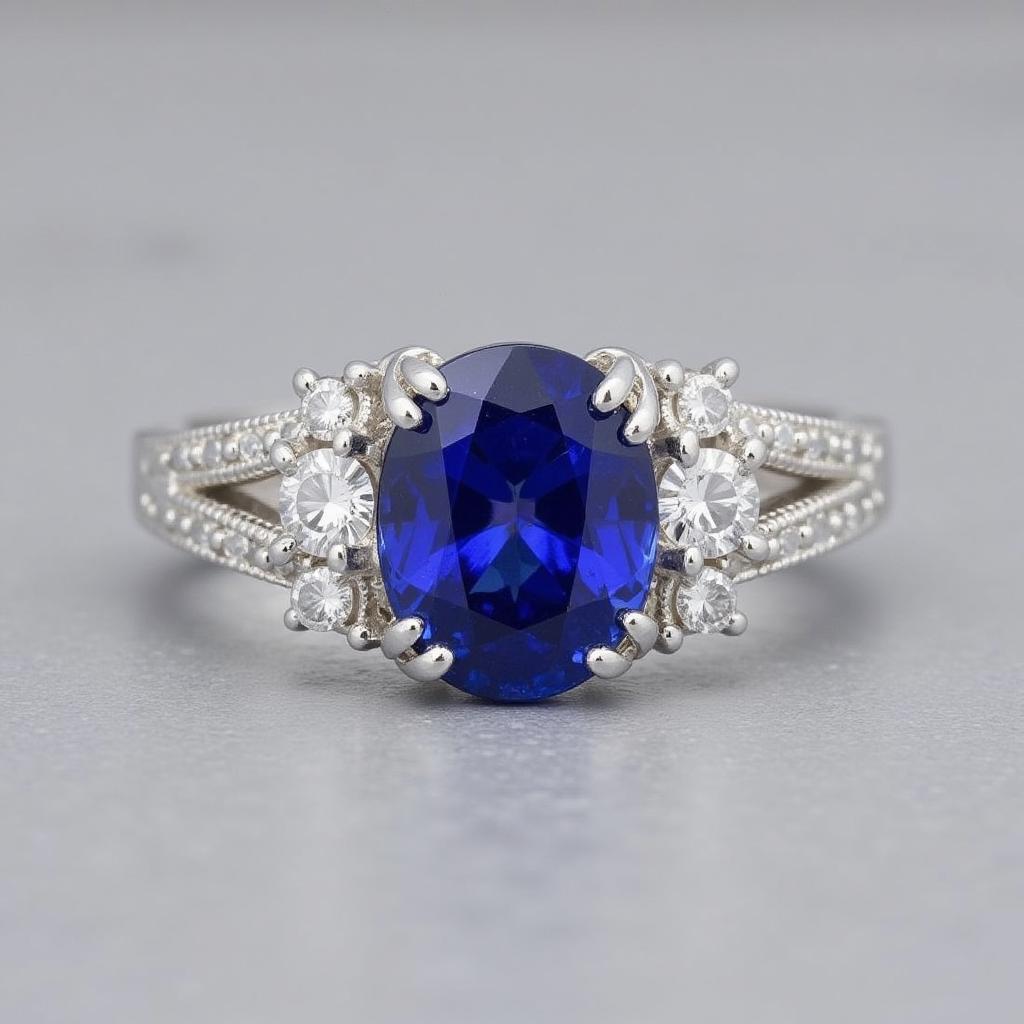Montessori Art Activities: Unleashing Creativity in Young Minds
Montessori Art Activities are a wonderful way to nurture creativity and spark imagination in young children. Inspired by the Montessori philosophy, these activities focus on hands-on learning, self-directed exploration, and fostering a love for the arts. By providing children with a variety of materials and opportunities to experiment, we can help them develop their artistic skills, problem-solving abilities, and self-expression.
The Power of Montessori Art Activities
Montessori art activities are designed to be engaging and stimulating for young minds. They encourage children to think independently, explore their own ideas, and develop their artistic abilities at their own pace. The activities are presented in a way that allows children to learn through experience, rather than being told what to do. This approach fosters a sense of autonomy and empowers children to take ownership of their learning journey.
Benefits of Montessori Art Activities
- Developing Fine Motor Skills: Montessori art activities often involve manipulating materials like paintbrushes, clay, and scissors, which helps children develop fine motor skills essential for handwriting, drawing, and other tasks.
- Boosting Creativity: These activities encourage experimentation and exploration, allowing children to freely express their thoughts and ideas. They are not restricted by specific instructions, giving them the freedom to create unique and original pieces of art.
- Promoting Problem-Solving: Montessori art activities often present challenges that require children to think critically and come up with creative solutions. This process helps develop their problem-solving skills and encourages them to persevere through difficulties.
- Nurturing Self-Expression: Art offers a powerful way for children to express their feelings and emotions. Montessori art activities provide a safe and supportive environment for children to explore their inner world and communicate their thoughts and feelings through artistic expression.
Montessori Art Activities for Different Age Groups
The beauty of Montessori art activities lies in their adaptability for various age groups. Here are some ideas for different age ranges:
For Toddlers and Preschoolers:
- Sensory Painting: Using finger paints, edible paints, or shaving cream provides a tactile experience that stimulates their senses and encourages exploration.
- Collage Activities: Offering a variety of textured materials like fabric scraps, paper, and natural elements allows toddlers to create imaginative collages.
- Clay Play: Modeling clay is a wonderful way for young children to develop their fine motor skills and create their own shapes and figures.
For Kindergarten and Elementary Students:
- Drawing and Sketching: Provide a variety of drawing tools like crayons, markers, and pencils, and encourage children to draw their own stories and imaginations.
- Watercolor Painting: Introduce watercolor paints and explore blending and layering techniques.
- Paper Mache: This activity allows children to create three-dimensional sculptures using recycled paper, glue, and paint.
Montessori Art Activities at Home
You can easily create a Montessori art environment at home by incorporating these key principles:
- Prepare a Designated Art Space: Create a dedicated space for art activities where children can freely explore and experiment.
- Offer a Variety of Materials: Provide a wide range of materials like paints, crayons, clay, recycled materials, and natural elements to spark their creativity.
- Present Activities with Purpose: Introduce each activity with a clear purpose, allowing children to understand the goal and understand the materials involved.
- Encourage Exploration and Experimentation: Don’t be afraid to let children explore different materials and techniques without judgment. Allow them to experiment and discover their own artistic style.
- Respect the Child’s Process: Focus on the child’s journey and the process of learning, rather than on the final product. Encourage them to enjoy the process of creating and celebrate their unique expression.
“Montessori art activities are a wonderful way to nurture creativity and spark imagination in young children. They encourage children to think independently, explore their own ideas, and develop their artistic abilities at their own pace.” – Dr. Emily Carter, Montessori Educator
Frequently Asked Questions
Q: What are the best materials for Montessori art activities?
A: A variety of materials can be used, including paints, crayons, clay, natural elements, recycled materials, and more. The key is to provide materials that are safe and stimulating for children to explore.
Q: How can I make Montessori art activities more engaging?
A: Use materials that appeal to the senses, incorporate themes or stories that interest children, and allow them to express their own ideas and creativity freely.
Q: What is the role of the adult in Montessori art activities?
A: The adult’s role is to provide a supportive and encouraging environment, offer materials and guidance when needed, and celebrate the child’s creativity and process.
Q: Are there any online resources for Montessori art activities?
A: Yes, there are many online resources, including websites and blogs dedicated to Montessori art and crafts for children.
Q: How can I create a Montessori art environment at home?
A: You can create a dedicated space for art activities, offer a variety of materials, and provide a supportive and encouraging environment for children to explore their creativity.
We encourage you to explore the world of Montessori art activities with your children and witness their creativity blossom!
Remember: Art is a powerful tool for learning and self-expression. By incorporating Montessori art activities into your child’s life, you can nurture their creativity, confidence, and love for art.

